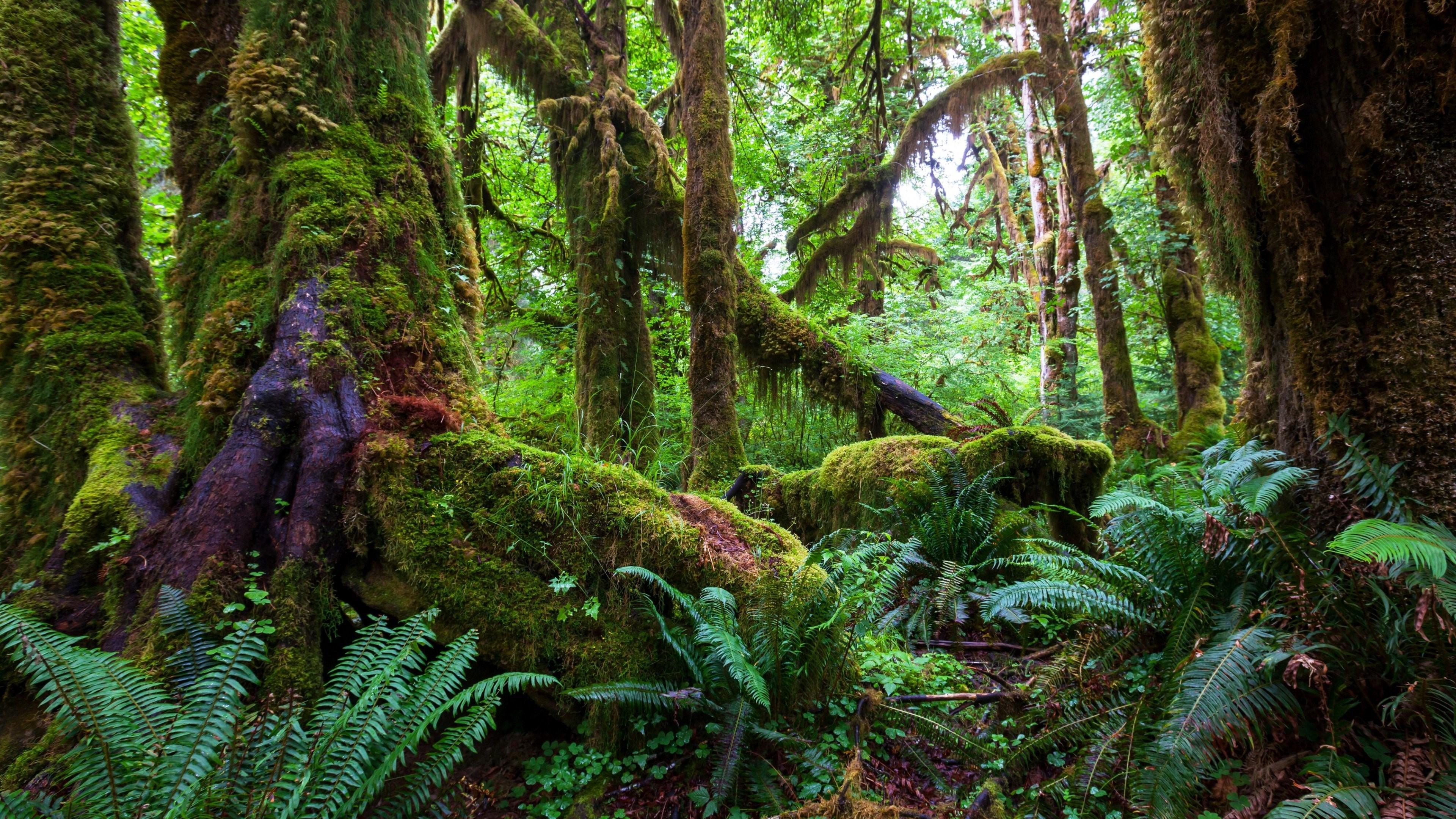
It was considered to be incest even if there was no blood relationship. Prior to European contact, marriage in Tsimshian society could not take place within a half-group, for example between a Wolf and a Killer Whale.

Gispwudwada (Killer Whale Clan) and Laxgibuu (Wolf Clan) form the other half. The Laxsgiik (Eagle Clan) and Ganhada (Raven Clan) form one half. Four main Tsimshian clans form the basic phratry. Succession in Tsimshian society is matrilineal, and one's place in society was determined by one's clan or phratry (defined as four equal parts). There are about 10,000 Tsimshian, of which about 1,300 live in Alaska. The Tsimshian ( / ˈ s ɪ m ʃ i ə n/ SIM-shee-ən), translated as "People Inside the Skeena River," are indigenous people who live around Terrace and Prince Rupert on the North Coast of British Columbia, and the southernmost corner of Alaska on Annette Island. The Haida were also famous for their long-distance raiding and slaving, going often to California for trading. Haida communities located in Prince of Wales Island, Alaska and Haida Gwaii, British Columbia (previously referred to as the Queen Charlotte Islands) also share a common border with other Indigenous peoples, such as the Tlingit and the Tsimshian. The vast forests of cedar and spruce where the Haida make their home are on pre-glacial land, which is believed to be almost 14,000 years old. They have also shown much perseverance and resolve in the area of forest conservation. The Haida people ( / ˈ h aɪ d ə/ HY-də) are well known as skilled artisans of wood, metal and design. They developed a complex hunter-gatherer culture in the temperate rainforest of the Alaska Panhandle and adjoining inland areas of present-day British Columbia.

The Russian name for them, Koloshi, was derived from an Aleut term for the labret and the related German name, Koulischen, may be encountered in older historical literature. Their autonym is Lingít, meaning "Human being". The Tlingit ( / ˈ k l ɪ ŋ k ɪ t/ KLINK-it, / ˈ t l ɪ ŋ ɡ ɪ t/ the latter is considered inaccurate) are one of the furthest north indigenous nations in the Pacific Northwest Coast.


 0 kommentar(er)
0 kommentar(er)
